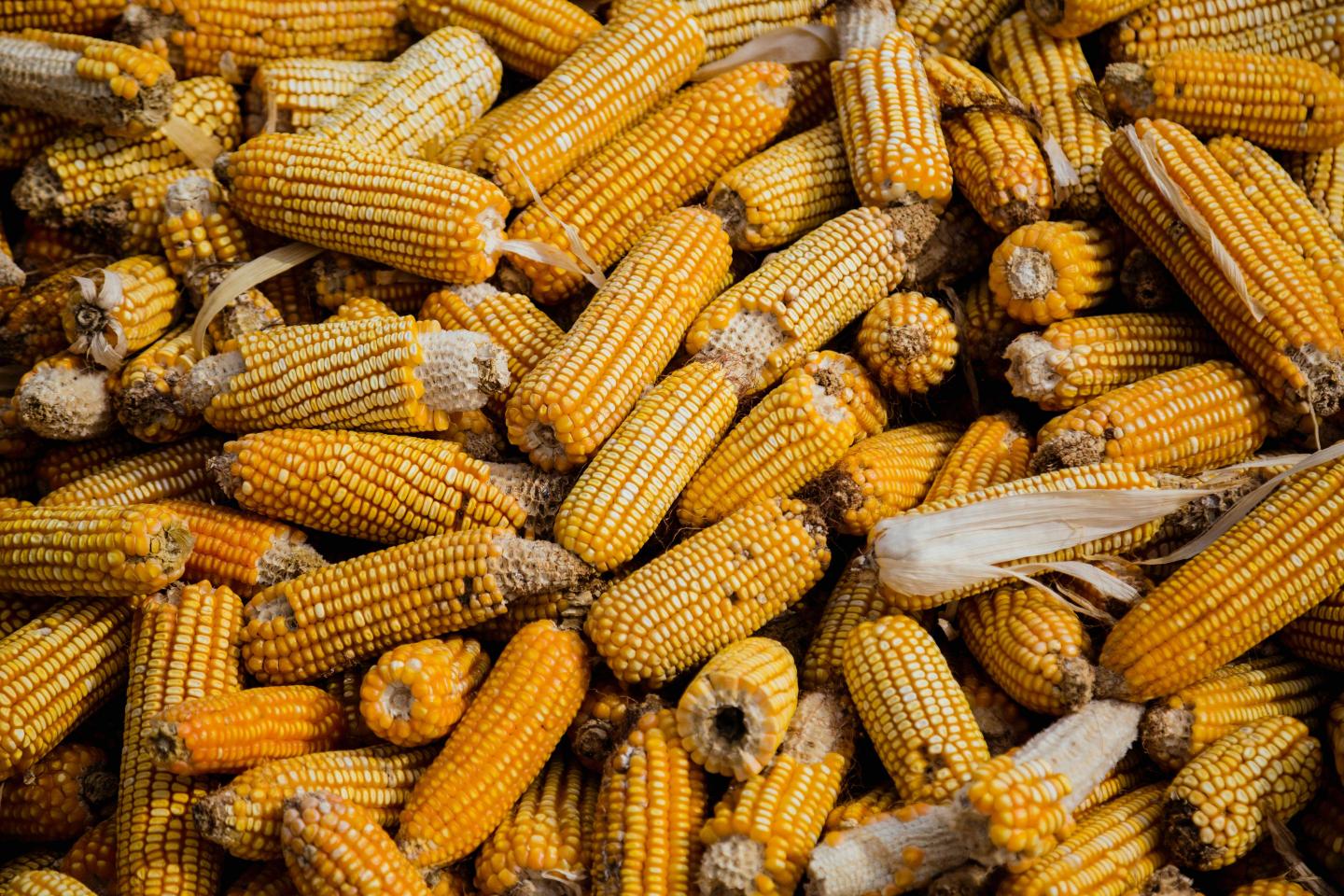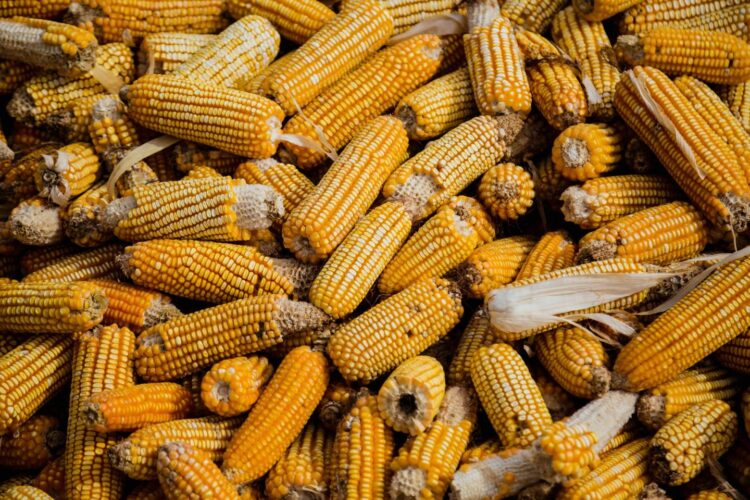
Credit: Pexels
One-third of the fertilizer applied to grow corn in the U.S. each year simply compensates for the ongoing loss of soil fertility, leading to more than a half-billion dollars in extra costs to U.S. farmers every year, finds new research from the University of Colorado Boulder published last month in Earth’s Future.
Long-term soil fertility is on the decline in agricultural lands around the world due to salinization, acidification, erosion and the loss of important nutrients in the soil such as nitrogen and phosphorus. Corn farmers in the U.S. offset these losses with nitrogen and phosphorus fertilizers also intended to boost yields, but scientists have never calculated how much of this fertilizer goes into just regaining baseline soil fertility–or how much that costs.
“We know there’s land degradation going on even in U.S. modern agriculture, but it’s really difficult to pin down how much and what impact it has,” said Jason Neff, corresponding author on the paper and director of the Sustainability Innovation Lab at Colorado (SILC). “These findings provide more information to farmers so they can make decisions that benefit them economically, but also support a more sustainable form of high-yield agriculture.”
The U.S. is one of the most productive countries in the world when it comes to corn, growing more than 4.46 tons per acre farmed. In the 2018-19 growing season alone, U.S. farms produced more than 366 million metric tons of corn which generated $14.5 billion in revenue. The U.S. is also one of the world’s largest users of fertilizer, applying more nitrogen and phosphorus per acre than its high-yield agricultural counterparts in the European Union.
But using fertilizer doesn’t just cost farmers and governments money. It also comes at an environmental cost. A large portion of the global greenhouse gas emissions caused by agriculture–24% of global emissions in 2010 and 10% of U.S. emissions in 2018–comes from fertilizer production. This means that steps taken to reduce fertilizer use also help address rising greenhouse gases.
Excess nitrogen and phosphorus that runs off fields and into rivers and lakes also creates unhealthy conditions for freshwater and marine life, and is responsible for the Dead Zone in the Gulf of Mexico–a large area depleted of oxygen and devoid of ocean life, including many commercially important species. When we consider not only dollars spent by farmers but also nutrient loss and impacts to the Mississippi River, the costs go from billions to over a trillion dollars every year, said Neff.
“If you can drop the fertilization, while maintaining the yields that we need and the economic outcomes that farmers want, then why not, right? That’s a win-win,” said Neff.
Untangling the true cost of fertilizer
To separate out this true cost of fertilizer from other modern agricultural inputs, Neff and his colleagues ran a series of scenario-based model analyses using the Environmental Policy Integrated Climate (EPIC) model, a widely used agronomic model used to estimate crop growth and how crop growth responds to variables like fertilizer, irrigation and climate.
“Doing that lets us then untangle, what’s going on with degradation,” he said. “What’s going on when you change a system from natural to agricultural, and how much of an impact does that have on the nutrients available for plant growth?”
The researchers used four scenarios in this model to compare how using no fertilizer or irrigation–as is in done in many developing economies–differed from using only one or the other, or both (which is common practice in the U.S.). Irrigation was an important component of the analyses because while it can increase yields, it also increases erosion and fertilizer runoff.
By separating the impacts of fertilizer and irrigation, the researchers could see in different regions of the U.S. where each was more important than the other for agricultural success. In California, farmers add more water. In Ohio, fertilizer additions are more important than irrigation. But across the country, they found that it took a whopping one third of fertilizer presently added to cornfields to simply break even, bringing soil fertility back to pre-farmed levels.
Farming smarter
While this may sound like bad news, Neff sees it as a golden opportunity: with more information, farmers can make better decisions.
“Farmers do what makes sense to grow crops. When you’re not able to see the cumulative effects of degradation, you have to add fertilizers but you’re not going to know what the financial impact of that underlying degradation is,” said Neff.
Practices like regenerative agriculture, which restore soil fertility on lands actively being farmed, will also reduce the costs and environmental impacts of fertilizer use. Healthier, more fertile soils can also capture more carbon, hold more water and keep excess nutrients from running off into ecosystems that can’t handle them.
Farmers can reduce how often they till their fields, add and increase erosion control measures, as well as use more organic fertilizers, like compost. These can actually help reduce the amount of inorganic fertilizers–nitrogen and phosphorus–needed in the soil.
“My hope is that this information supports national and international efforts to build back soil fertility,” said Neff.
###
Additional authors on this paper include first author W. S. Jang of Division for Public Infrastructure Assessment, Environmental Assessment Group, Korea Environment Institute (KEI); Y. Im of the Ulsan National Institute of Science and Technology (UNIST); L. Doro with the Blackland Research and Extension Center, Texas A&M AgriLife Research; and J. E. Herrick with the USDA-Agricultural Research Service.
Media Contact
Kelsey Simpkins
[email protected]
Original Source
https:/
Related Journal Article
http://dx.





